man its hot outside .....
ok i will try to compare some lnbf's on my 7 1/2 ft mesh dish
the lnbf's are :
Cal Amp 35K pulse switched (about 16 years old) don't know if i can control the switching
Cal Amp 25K voltage controlled h/v switching ( about 13 years old)
DMSI ASC 421 13K
GeoSat pro C1 17K
The Weight:
ok first glance the older Cal Amps are sturdy built even have a led light on it
they out weigh the DMSI ASC421 4 to 1 ratio and the GeoSat pro C1 2 to 1
so guessing the weight
DSMI ASC 421 5 oz
GeoSat Pro C1 10 oz
Cal Amp 35K 15 oz
Cal Amp 25K 20 oz
The Construction :
the Cal Amps are solid , sturdy older lnbf's using a metal closer to chap corotors for construction. they have no skew marks and the scaler (fd) marks are very readable.
the DMSI ASC 421 is a lightweight material the scaler hole is a bit smaller than the others its close to 63 mm while the others are closer to 65mm. the skew marks are easy to see and read. the scaler markings are very clear and easy to read.
the GeoSat Pro C1 is a lightweight material a little bit heavier than the ASC421 it also has a heavier paint coating . the skew marks are a bit hard to see but are there . the scaler marks are also there but harder to see.
more to come
do you have a certain c band satellite you would like # from. let me know. as i'm waiting for it to cool off.
ok i will try to compare some lnbf's on my 7 1/2 ft mesh dish
the lnbf's are :
Cal Amp 35K pulse switched (about 16 years old) don't know if i can control the switching
Cal Amp 25K voltage controlled h/v switching ( about 13 years old)
DMSI ASC 421 13K
GeoSat pro C1 17K
The Weight:
ok first glance the older Cal Amps are sturdy built even have a led light on it
they out weigh the DMSI ASC421 4 to 1 ratio and the GeoSat pro C1 2 to 1
so guessing the weight
DSMI ASC 421 5 oz
GeoSat Pro C1 10 oz
Cal Amp 35K 15 oz
Cal Amp 25K 20 oz
The Construction :
the Cal Amps are solid , sturdy older lnbf's using a metal closer to chap corotors for construction. they have no skew marks and the scaler (fd) marks are very readable.
the DMSI ASC 421 is a lightweight material the scaler hole is a bit smaller than the others its close to 63 mm while the others are closer to 65mm. the skew marks are easy to see and read. the scaler markings are very clear and easy to read.
the GeoSat Pro C1 is a lightweight material a little bit heavier than the ASC421 it also has a heavier paint coating . the skew marks are a bit hard to see but are there . the scaler marks are also there but harder to see.
more to come
do you have a certain c band satellite you would like # from. let me know. as i'm waiting for it to cool off.
Attachments
-
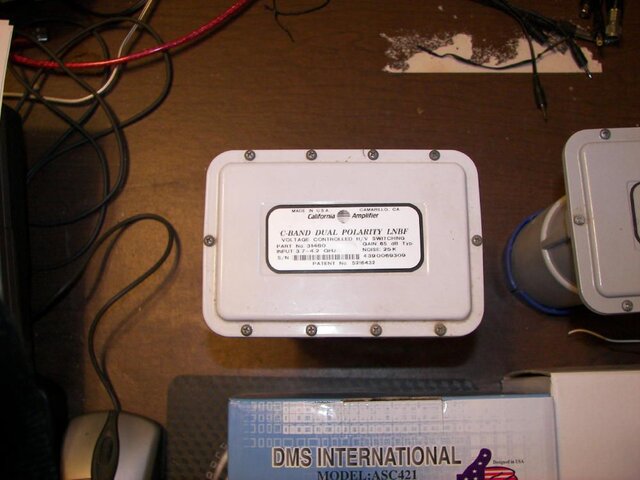 cal amp 25k.JPG78.7 KB · Views: 279
cal amp 25k.JPG78.7 KB · Views: 279 -
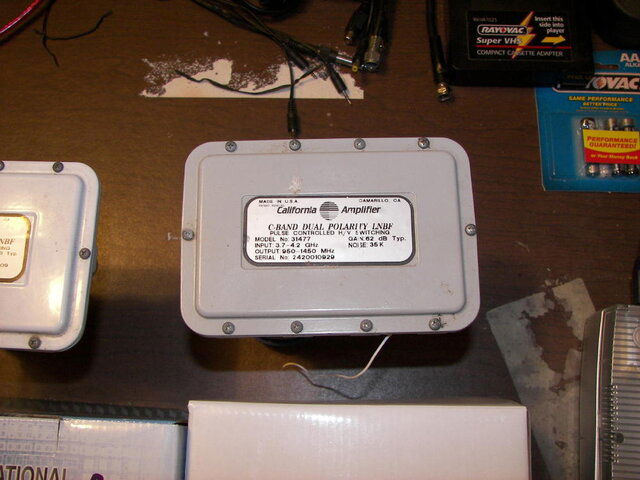 cal amp 35k.JPG84.5 KB · Views: 261
cal amp 35k.JPG84.5 KB · Views: 261 -
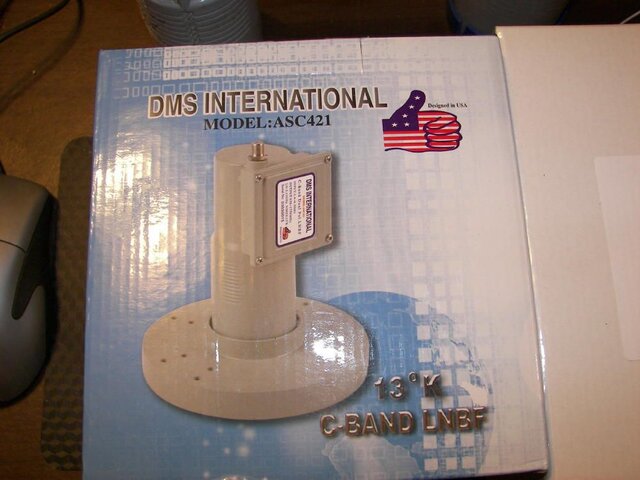 dsmi asc421 13k.JPG82.7 KB · Views: 265
dsmi asc421 13k.JPG82.7 KB · Views: 265 -
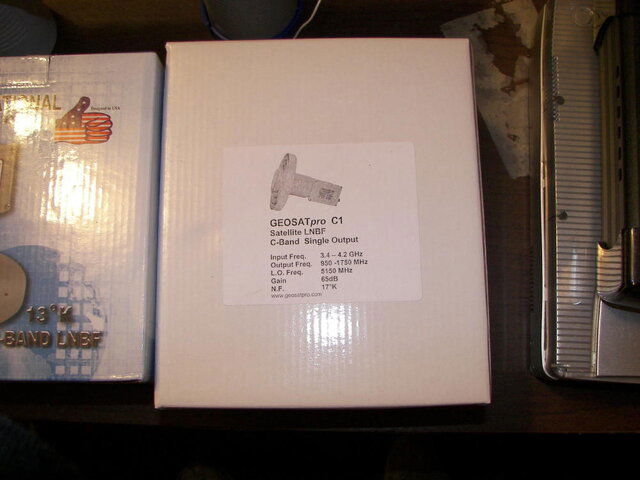 geosat pro c1 17k.JPG66.9 KB · Views: 260
geosat pro c1 17k.JPG66.9 KB · Views: 260 -
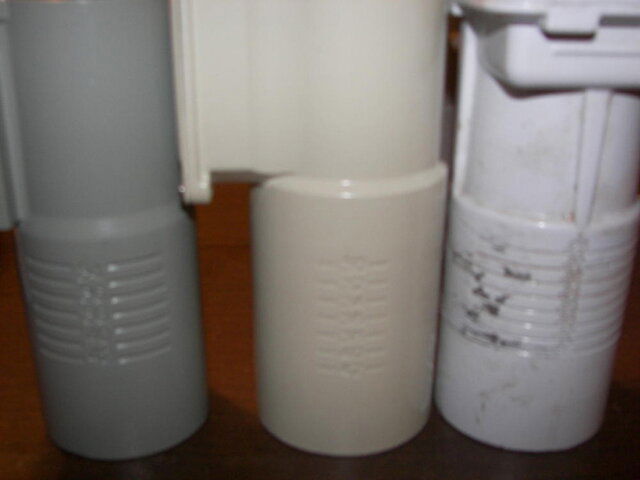 scaler fd.JPG36.1 KB · Views: 251
scaler fd.JPG36.1 KB · Views: 251 -
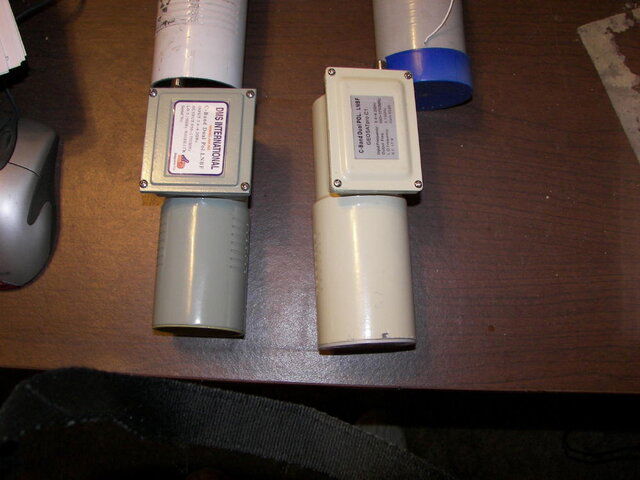 side 1.JPG76.6 KB · Views: 257
side 1.JPG76.6 KB · Views: 257 -
 skew.JPG45.8 KB · Views: 252
skew.JPG45.8 KB · Views: 252 -
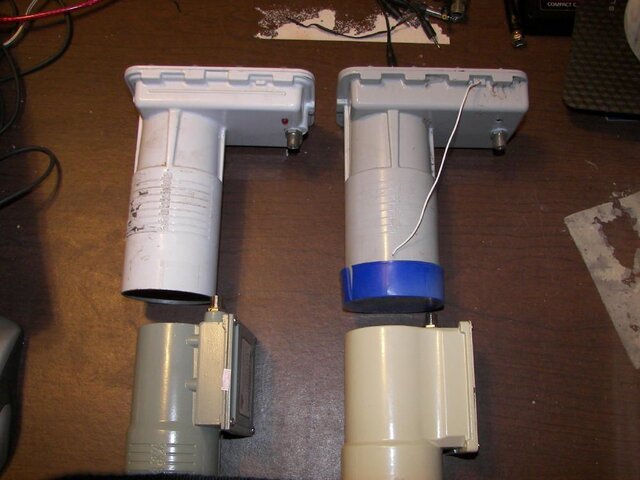 side 2.JPG84.1 KB · Views: 247
side 2.JPG84.1 KB · Views: 247 -
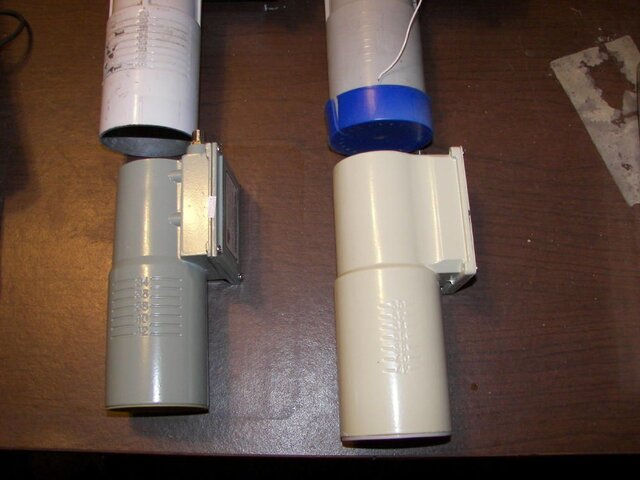 side 3.JPG77.8 KB · Views: 235
side 3.JPG77.8 KB · Views: 235

